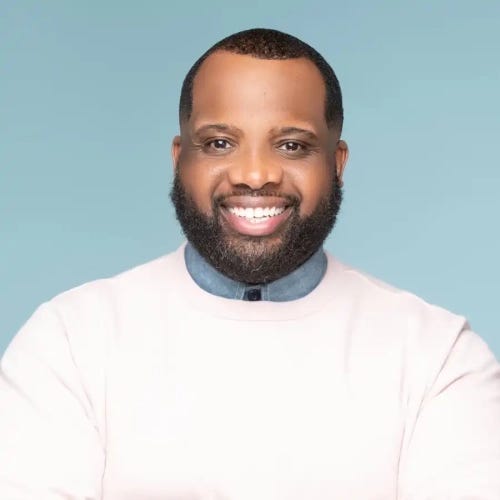Transition
Recently, the Ministries Council of the Church of God announced the new Interim Director of Church of God Ministries, Monté Dillard. This transition step is significant as part of the larger quest for change ahead of us. Now that I have had some time to consider it, I want to offer some reflections on this de…



